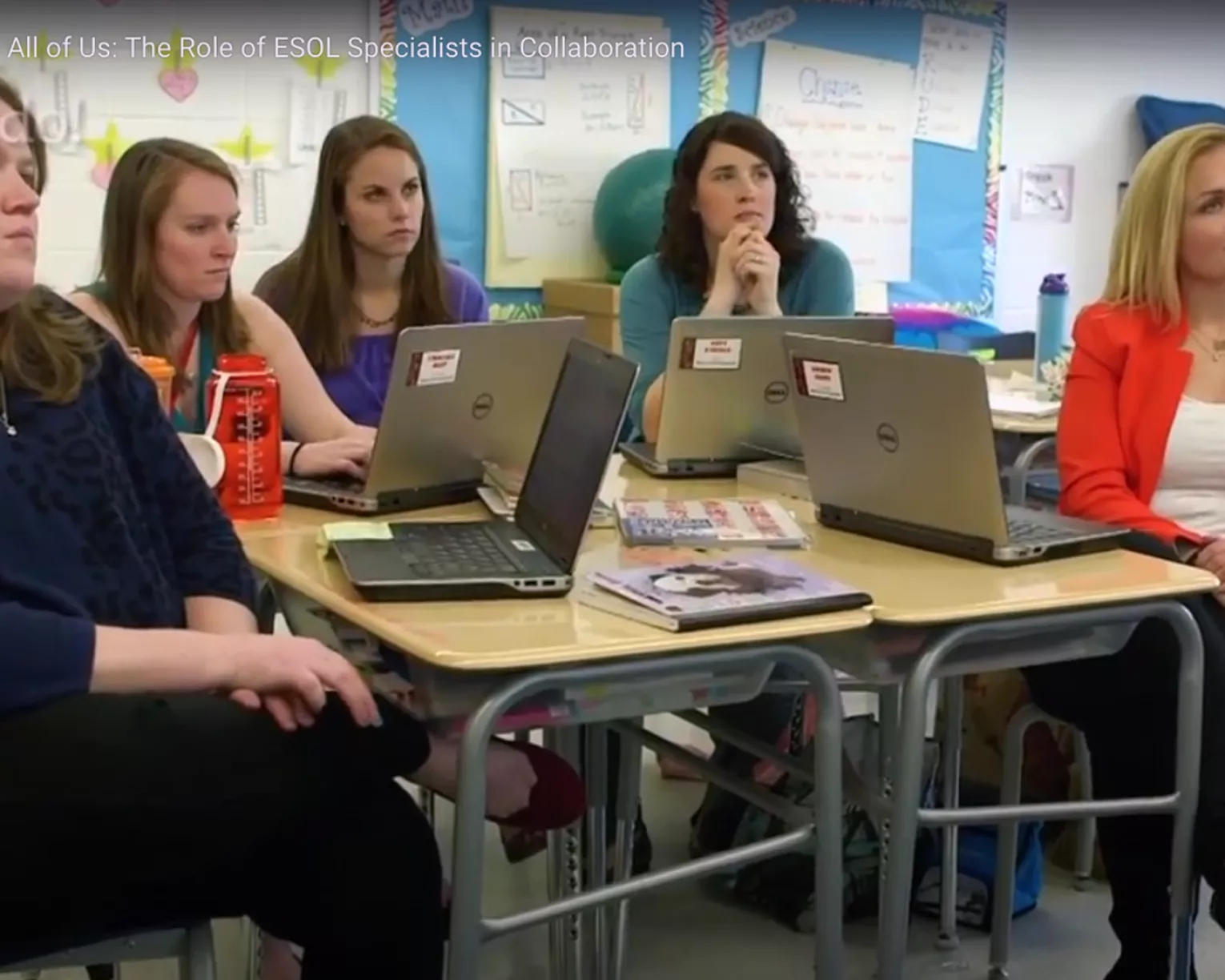As schools explore different ways to support and engage their English language learners (ELLs), they may be looking for extra blocks of time within the school day, like lunchtime.
Lunchtime can offer opportunities for:
- Building relationships with students
- Enrichment activities, such as clubs
- Pre-teaching or previewing content
- Academic support in small-group or individual settings
We've also heard of educators who use “lunch with the teacher” as a popular student reward!
Tips for Using Lunchtime with ELLs
If you are looking for ways to make the most of ELLs’ lunch periods, think about the following:
Your students: Which students might benefit from extra support at lunchtime? For example, if you have newcomer students, low-stress interaction with teachers and peers might help them start to form relationships. Perhaps you want to identify students who need some additional practice around certain skills. Or maybe you want to set up a rotating schedule so that all of your ELLs have a chance to have lunch with you or another adult on a regular basis.
Lunch schedules: Take a look at student and staff schedules to see what scheduling/supervision options are available. Administrators may be able to help make adjustments as needed. In addition, take a look at students’ schedules from their point of view. It may highlight some more effective ways to use students’ time.
Location: Where will students meet during lunch? Are they going to come to a classroom or another area of the school? Make sure students have time to get their lunch and get to the spot they will be spending their lunch break.
Objectives: What are your goals in using this time? Is it to build relationships, focus on academic support, or provide extra enrichment? You know your students and their needs best. If you are thinking about a more academic focus, work with your colleagues to identify the most important areas to highlight during this time. However, don’t underestimate the power of having some informal time to get to know your students better; if you do decide to bring in a more academic focus, be sure to leave time for informal activities as well.
To see how this might work, here are examples from two schools in Northern Virginia that have tapped into the lunch hour in order to make the most of their time with ELLs.
The Lunch Bunch
Claremont Immersion School, Arlington, VA
Elizabeth Varela is an ESOL specialist at Claremont Immersion School, a dual-language elementary school in Arlington, VA. Ms. Varela thought that some of her students would benefit from spending time in a small group, so she started “The Lunch Bunch,” a group of students that met regularly during their lunchtime. On some days the students would get additional practice in skills they were learning, while on others they would play games and chat. Ms. Varela said that she and the students alike benefitted from developing stronger relationships, as well as from getting extra review time for new material. You can hear more in our video interview with Ms. Varela.
The Super Secret Science Club
Mason Crest Elementary School, Annandale, VA
Katy Padilla is an ESOL specialist at Mason Crest Elementary School in Annandale, VA. Ms. Padilla wanted to try pre-teaching content and vocabulary with her students to see if they might benefit in their content-area classes. She decided to create a “Super Secret Science Club” at lunch and used the time to preview the science lessons that the students would be seeing in the afternoon with images on slides and videos. She has found success with pre-teaching, which she says makes kids “experts” in the new content before they see it in the larger classroom setting.
In this video, she describes a pre-teaching lesson in which the students are learning the difference between vascular and non-vascular plants — a nice tie-in to the straws kids are using at lunch-time!
You can see the full lesson planning process in this video.
Lunchtime in Middle and High School
Lunch can also provide important opportunities for ELLs in middle and high school. For example, award-winning History and Civics Teacher Jessica Lander, who teaches immigrant students, shares a story in her book, Making Americans: Stories of Historic Struggles, New Ideas, and Inspiration in Immigrant Education, about a student who started coming to her classroom during lunch. Soon other students were joining him and the community forged at lunch every day led to important relationships, cross-cultural exchanges, and even class projects!
Suggested Further Reading
Are you an affiliate?



